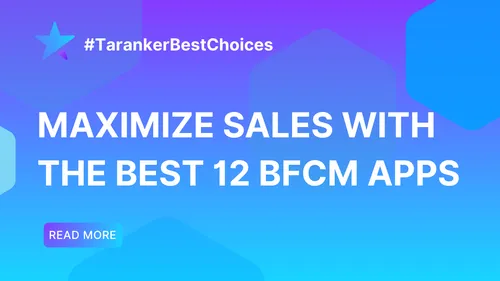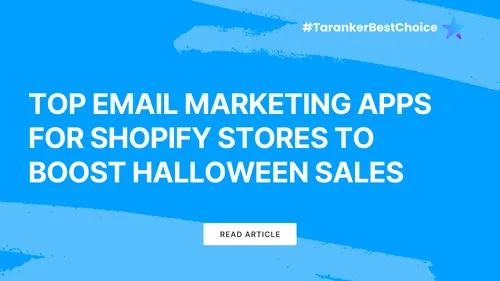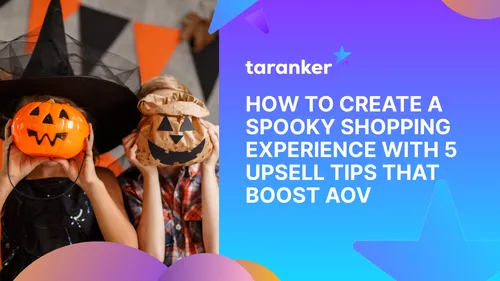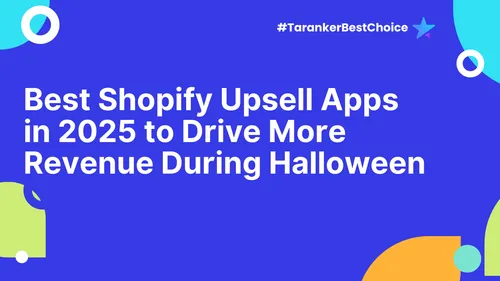For Shopify merchants, choosing the right marketing channels is essential to attract visitors, convert them into customers, and maximize long-term growth. In today's competitive e-commerce landscape, relying on a single traffic source is risky—diversifying your marketing efforts across multiple channels ensures consistent revenue and brand exposure.
This comprehensive guide will explore the most effective marketing channels for Shopify stores, how to use them strategically, and how to combine them for maximum impact.
1. Why Multi-Channel Marketing is Essential for Shopify Stores

🔹 Reach More Potential Customers
Not all shoppers discover products in the same way. While some use Google Search, others rely on social media recommendations, email newsletters, or word-of-mouth referrals. By leveraging multiple marketing channels, you ensure your store reaches a broader audience.
🔹 Reduce Dependence on a Single Platform
Many Shopify merchants rely too heavily on one channel (e.g., Facebook Ads). However, platform updates, rising ad costs, or policy changes can suddenly disrupt traffic and sales. A multi-channel strategy helps diversify risk and maintain stability.
📌 Example: If Instagram changes its algorithm, merchants relying only on Instagram traffic could see a sudden drop in sales. However, stores using SEO, email marketing, and paid ads will continue to generate revenue.
🔹 Improve Customer Retention and Lifetime Value (LTV)
Different marketing channels serve different purposes in the customer journey.
-
SEO & content marketing → Attract new visitors.
-
Paid advertising → Drive quick conversions.
-
Email marketing & SMS → Nurture and retain customers.
By combining multiple channels, Shopify merchants can convert first-time buyers into repeat customers and increase customer lifetime value (LTV).
2. The Best Marketing Channels for Shopify Stores

Now, let’s explore the most effective marketing channels and how to use them for sustainable Shopify growth.
🔹 Search Engine Optimization (SEO) – Long-Term Organic Traffic
What it is: SEO helps your store rank higher on Google when customers search for relevant products. Unlike paid ads, SEO brings free traffic over time.
✅ Why It Matters for Shopify:
✔ Organic search traffic is high-intent, meaning visitors are actively looking for products to buy.
✔ Unlike paid ads, SEO does not require ongoing ad spend.
✔ Google prioritizes Shopify stores that use structured product data, fast-loading pages, and optimized keywords.
🚀 Best Shopify SEO Strategies:
✔ Optimize product titles and descriptions with relevant keywords.
✔ Create blog content (e.g., "Best Winter Jackets for 2025") targeting buyer intent.
✔ Improve site speed by compressing images & reducing unnecessary apps.
✔ Get backlinks from high-authority websites to increase credibility.
📌 Shopify Apps for SEO: Plug in SEO, Smart SEO, Yoast SEO.
🔹 Paid Advertising (Facebook, Google, TikTok, Pinterest Ads) – Fastest Way to Get Sales
What it is: Paid ads help Shopify stores drive immediate traffic and conversions by targeting specific audiences based on demographics, interests, and behaviors.
✅ Why It Matters for Shopify:
✔ You can scale revenue quickly by running profitable ad campaigns.
✔ Advanced targeting allows you to reach ideal customers instantly.
✔ Retargeting ads help recover abandoned carts and increase conversion rates.
🚀 Best Paid Advertising Strategies:
✔ Facebook & Instagram Ads: Best for fashion, beauty, lifestyle, and impulse-buy products.
✔ Google Shopping Ads: Ideal for high-intent buyers searching for specific products.
✔ TikTok Ads: Best for trendy, visual, and Gen Z-focused products.
✔ Pinterest Ads: Great for home decor, DIY, wedding, and beauty brands.
📌 Shopify Apps for Ads: Facebook & Google Channel, AdRoll, TikTok Ads Manager.
🔹 Email Marketing – High ROI and Customer Retention
What it is: Email marketing allows you to engage customers, send personalized offers, and recover abandoned carts.
✅ Why It Matters for Shopify:
✔ $1 spent on email marketing generates an average ROI of $42.
✔ Emails allow direct communication with customers (unaffected by social media algorithms).
✔ Shopify integrates with email automation tools to send personalized offers and product recommendations.
🚀 Best Email Marketing Strategies:
✔ Welcome email series for new subscribers with a first-purchase discount.
✔ Abandoned cart emails to remind customers to complete their checkout.
✔ Post-purchase follow-ups to encourage product reviews & repeat purchases.
✔ Exclusive promotions for VIP customers & loyalty members.
📌 Shopify Apps for Email Marketing: Klaviyo, Omnisend, Mailchimp.
🔹 Social Media Marketing – Brand Awareness & Engagement
What it is: Social media allows Shopify merchants to build a community, showcase products, and drive traffic to their store.
✅ Why It Matters for Shopify:
✔ 76% of users buy products they discover on social media.
✔ Shopify integrates directly with Facebook, Instagram, and TikTok for easy selling.
✔ User-generated content (UGC) builds brand trust and social proof.
🚀 Best Social Media Strategies:
✔ Use Instagram Shopping to allow customers to buy directly from posts.
✔ Partner with micro-influencers to promote your products authentically.
✔ Post TikTok videos & reels showcasing product benefits in action.
✔ Create Pinterest boards with shoppable pins linking to your store.
📌 Shopify Apps for Social Media: Outfy, Social Proof & Shoppable Instagram.
🔹 SMS Marketing – High Engagement & Instant Conversions
What it is: SMS marketing allows Shopify merchants to send exclusive discounts, order updates, and reminders via text messages.
✅ Why It Matters for Shopify:
✔ SMS open rates exceed 98%, much higher than email.
✔ Perfect for time-sensitive promotions (flash sales, restocks, abandoned cart recovery).
✔ Helps build direct, personal customer relationships.
🚀 Best SMS Marketing Strategies:
✔ Send cart recovery messages with a one-time discount.
✔ Use back-in-stock alerts to notify customers when popular items return.
✔ Offer VIP-only flash sales for SMS subscribers.
📌 Shopify Apps for SMS Marketing: Postscript, SMSBump, Attentive.
3. Combining Marketing Channels for Maximum Impact
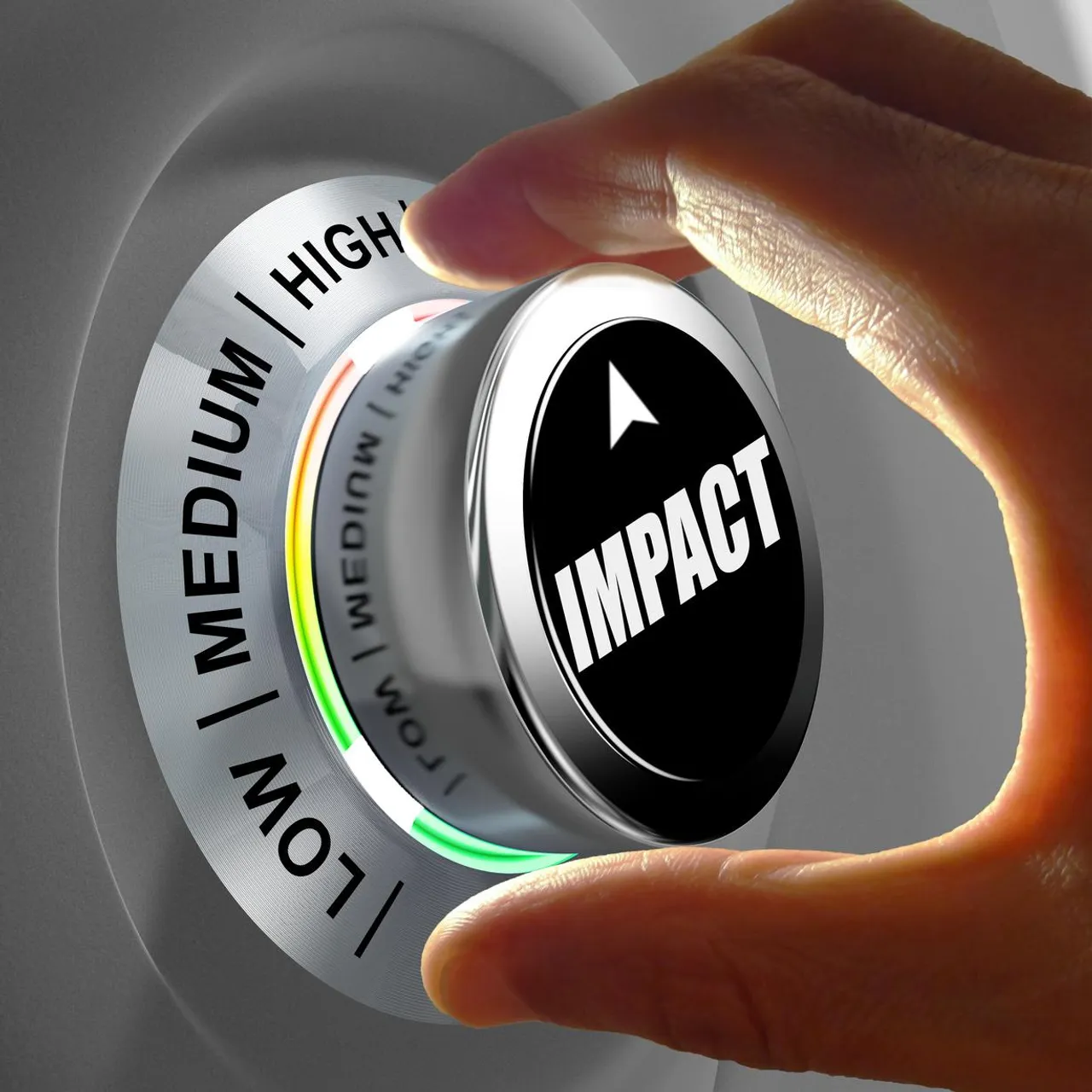
To maximize Shopify sales, use multiple marketing channels together:
✔ SEO + Blogging + Email Marketing → Drive long-term organic traffic & nurture leads.
✔ Facebook Ads + Retargeting + SMS → Convert first-time visitors into customers.
✔ Social Media + Influencer Marketing → Build trust & increase brand reach.
📌 Example: A Shopify skincare brand uses TikTok influencers to drive traffic, then retargets visitors with Facebook ads and email follow-ups.
Final Thoughts: A Multi-Channel Strategy is the Key to Shopify Success
No single marketing channel can guarantee long-term Shopify success. The best merchants diversify their efforts, using SEO, paid ads, email, social media, and SMS strategically.
💡 Take Action Today! Identify two new marketing channels from this guide and start implementing them in your Shopify store now.
FAQs
1. Which marketing channel is best for new Shopify stores?
✅ SEO, influencer collaborations, and paid social media ads are great for early traction.
2. How can I track which channel drives the most sales?
✅ Use Google Analytics, Shopify Analytics, and UTM tracking to measure results.

